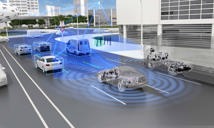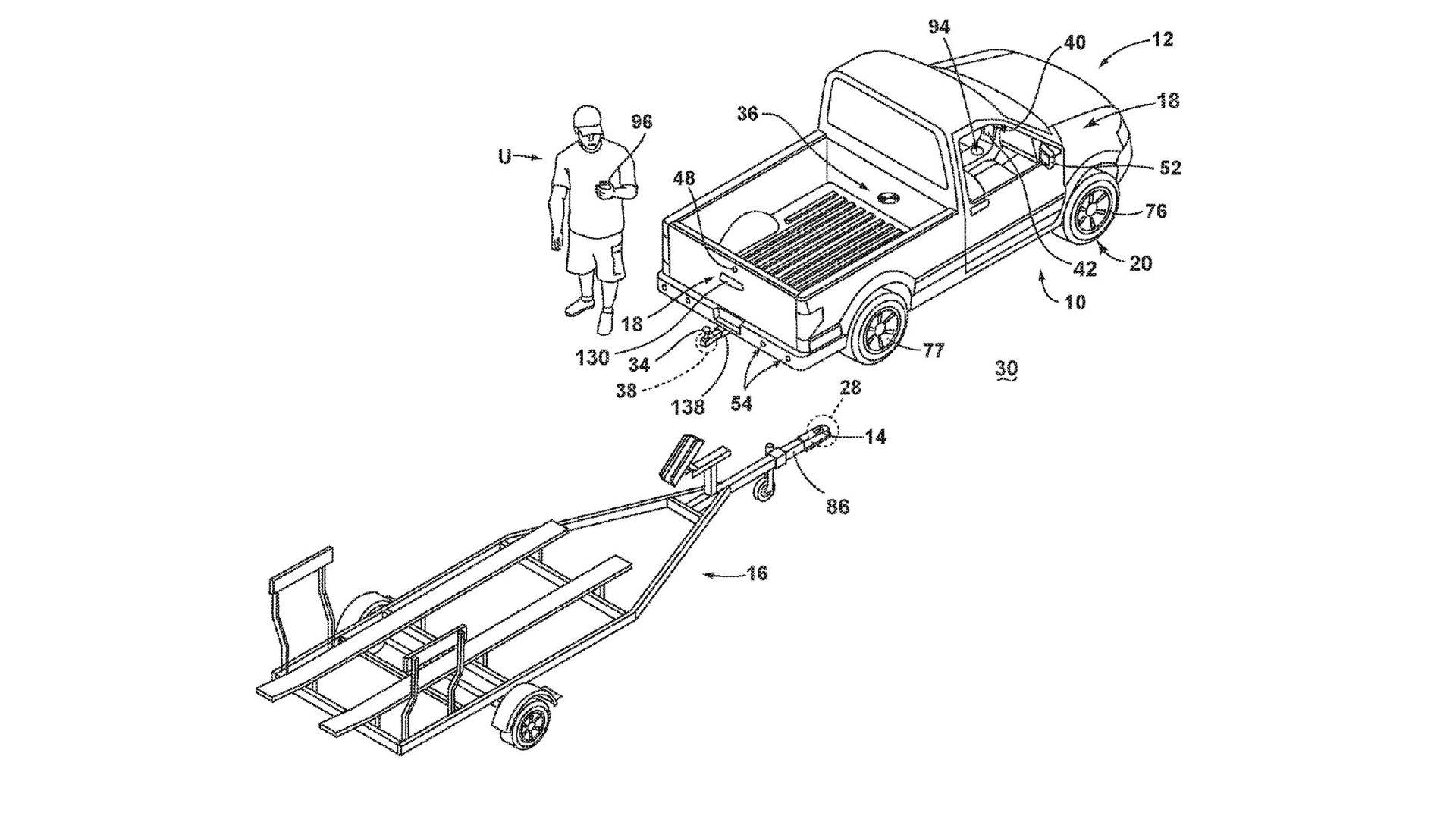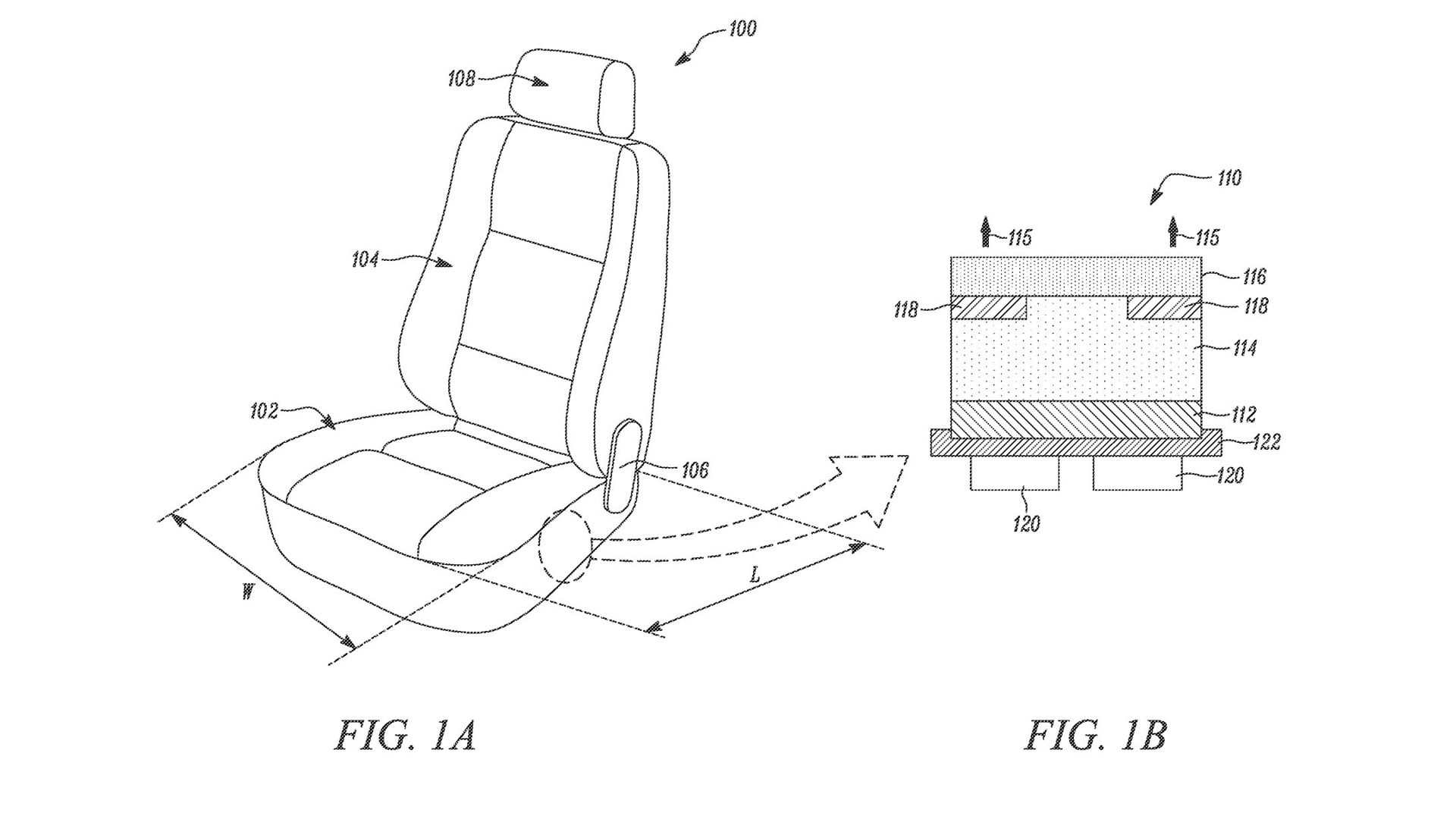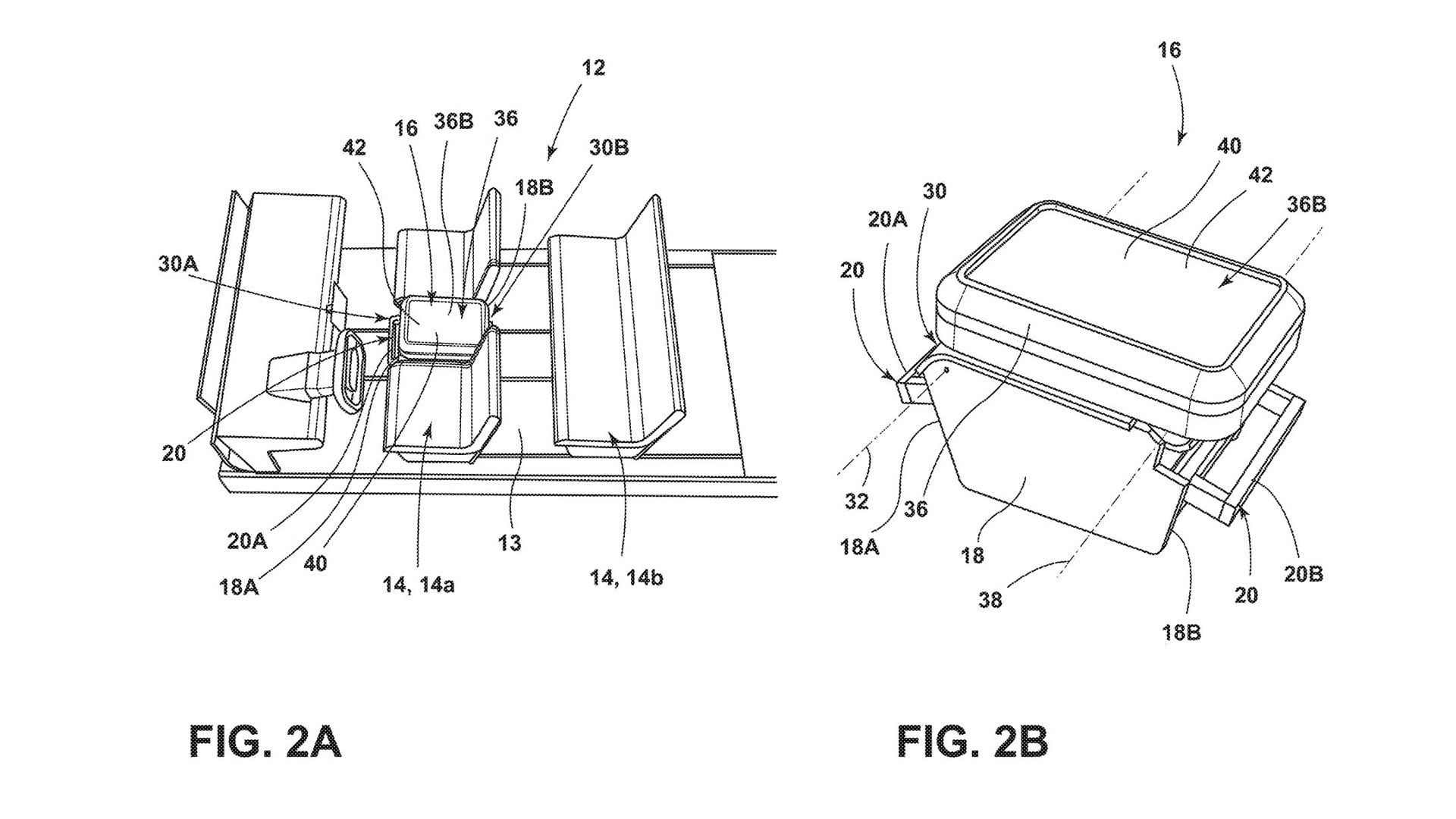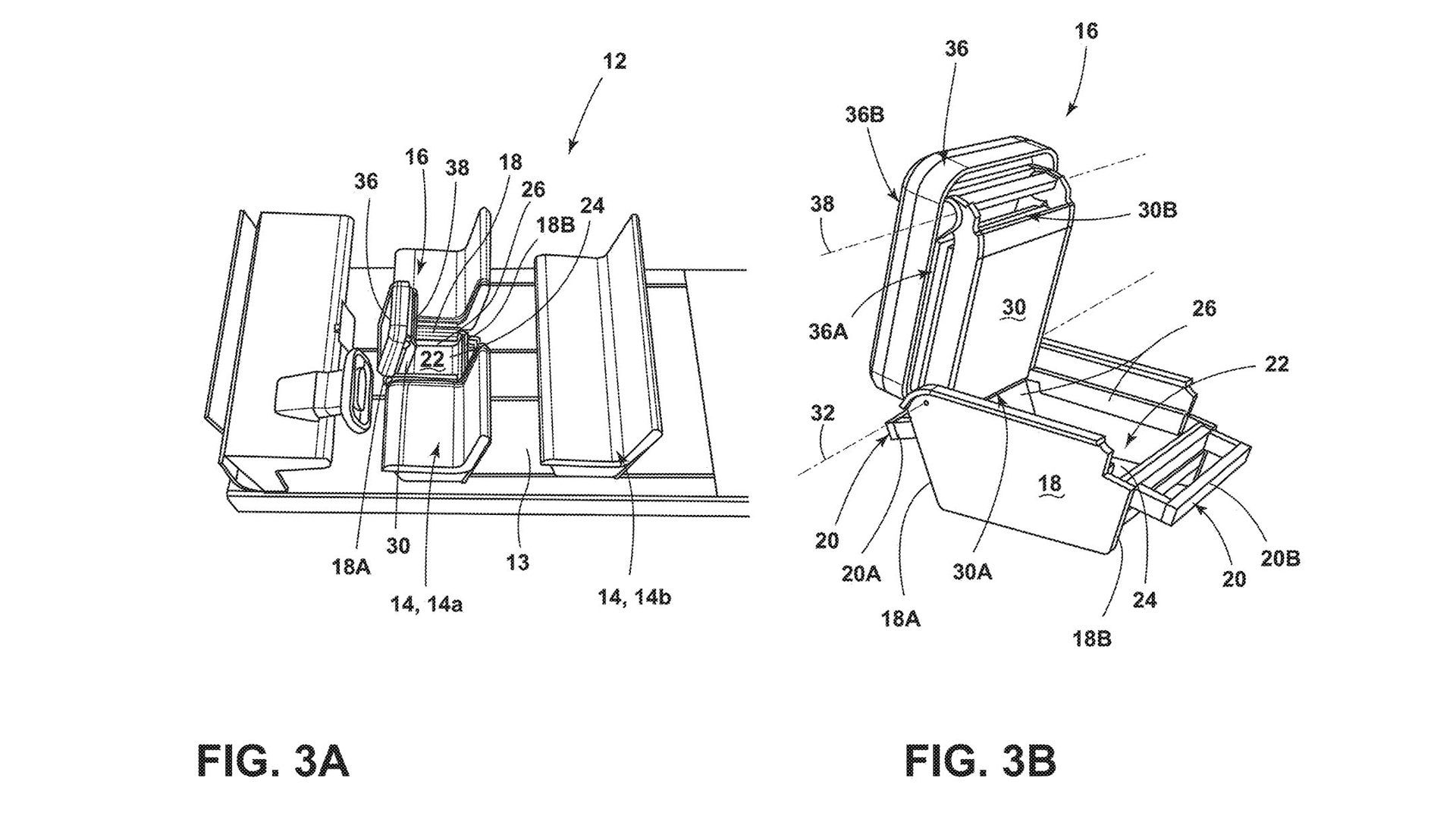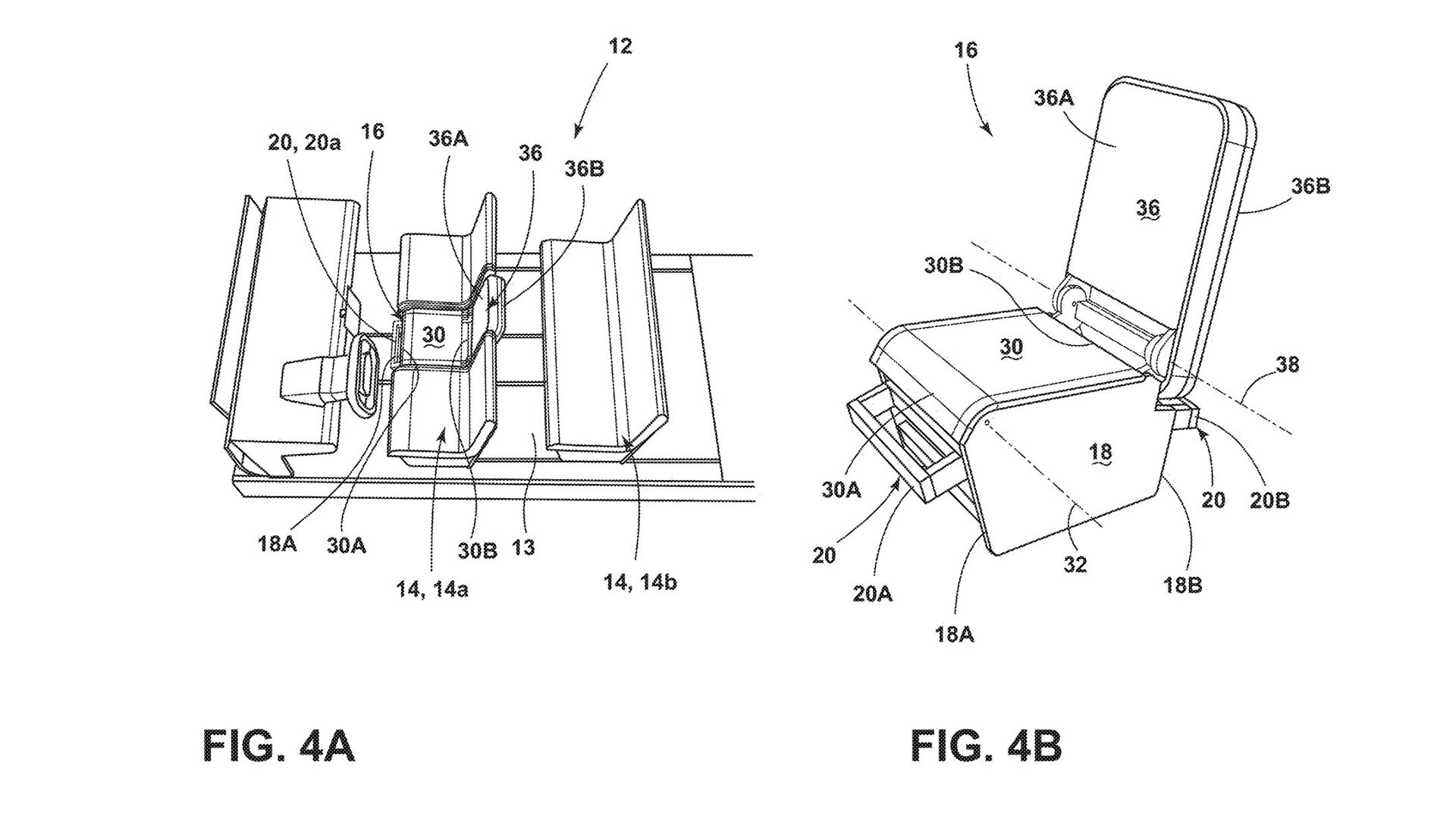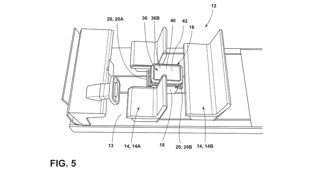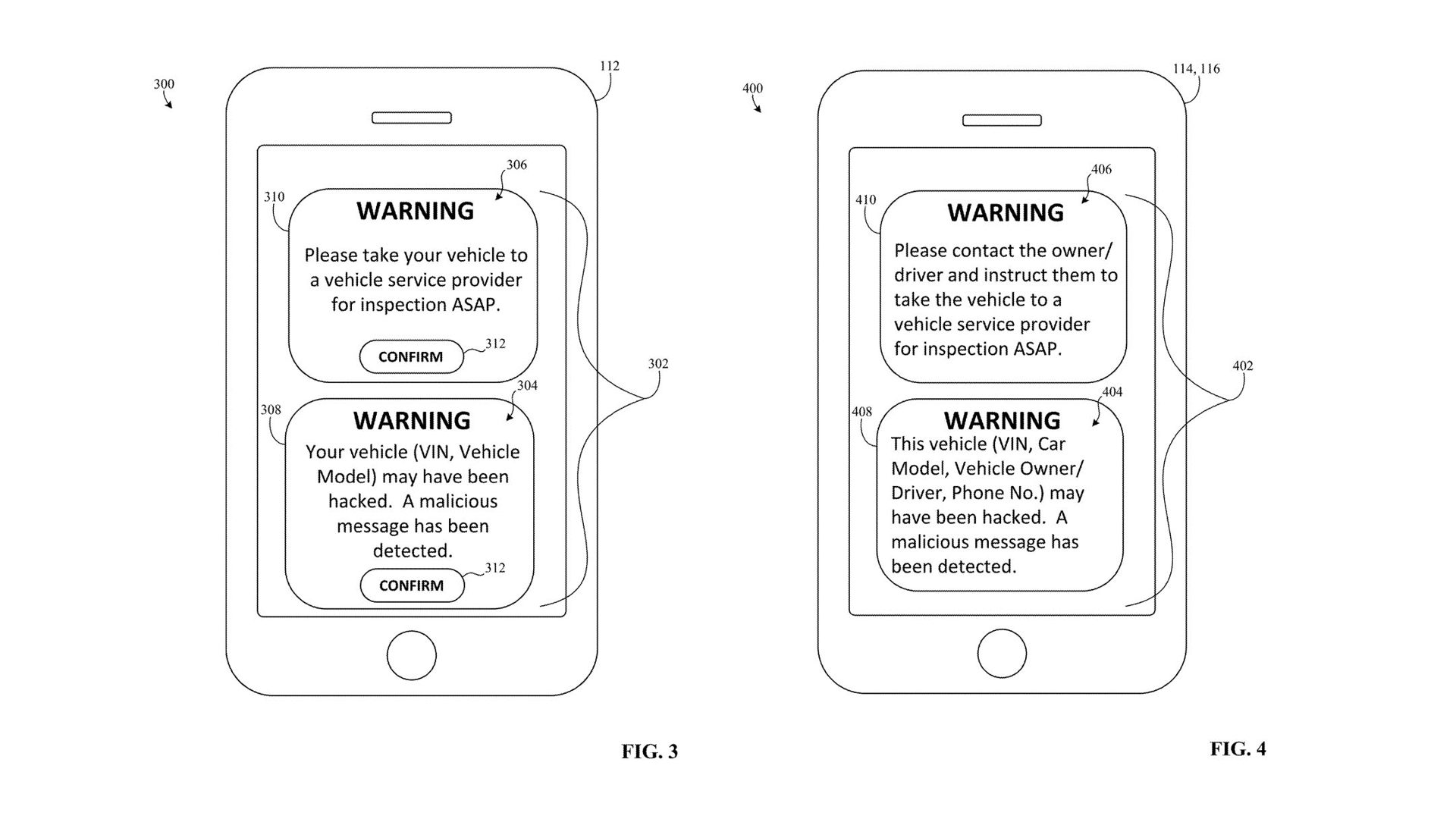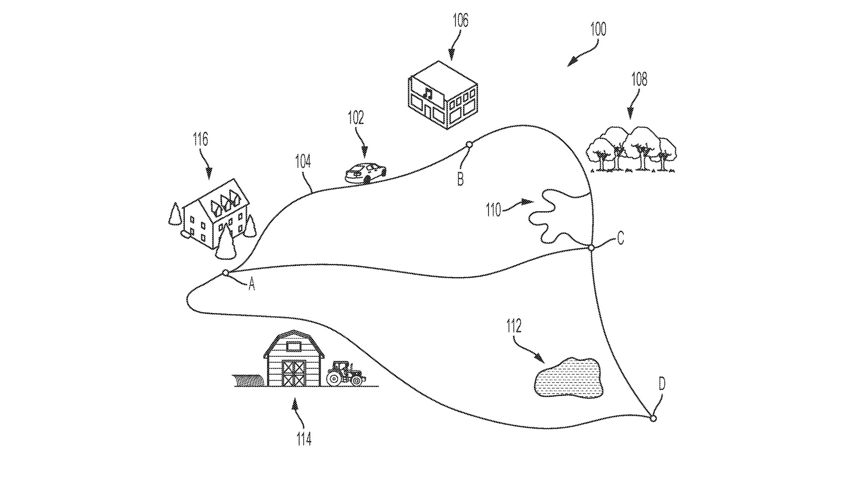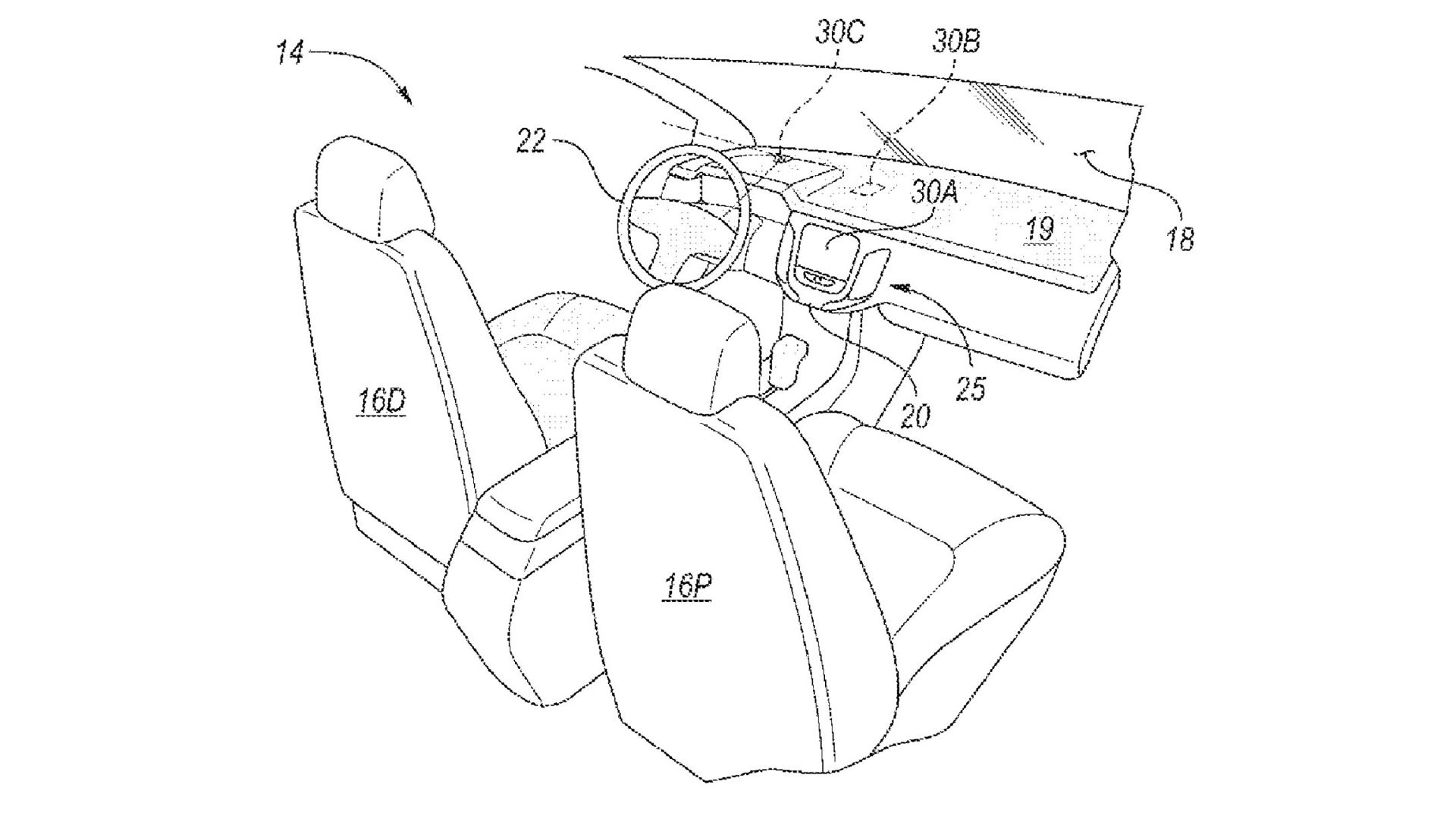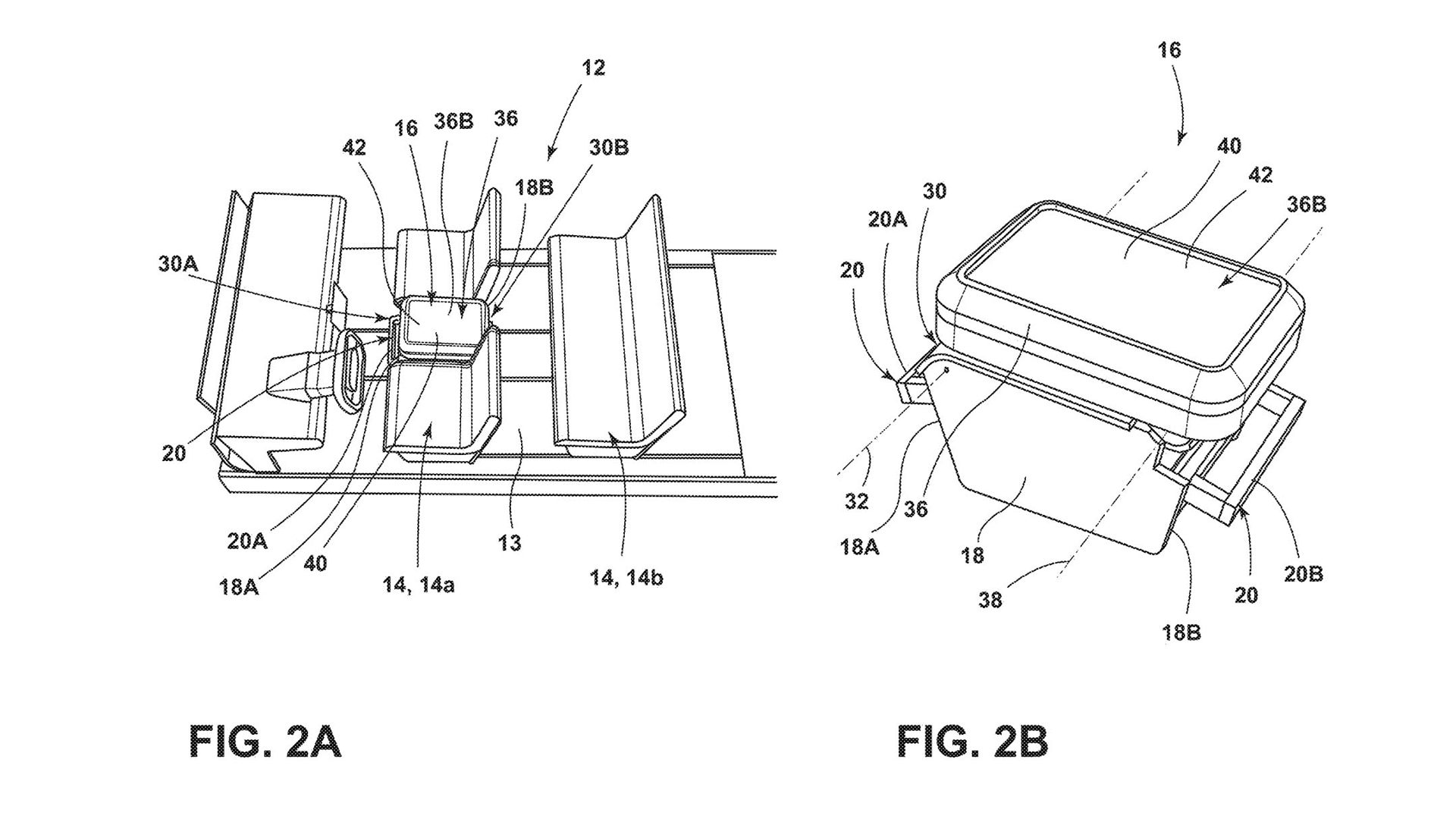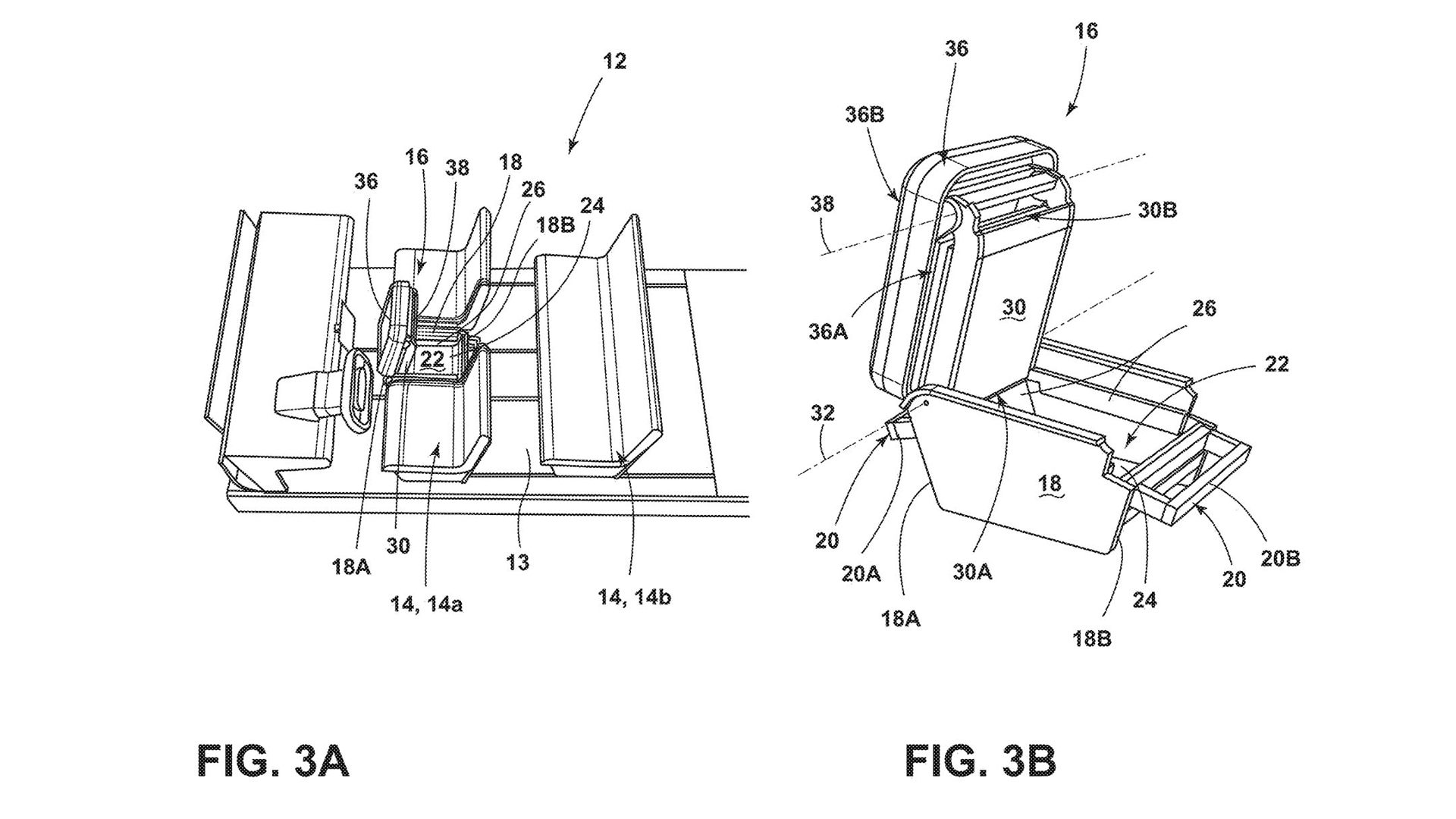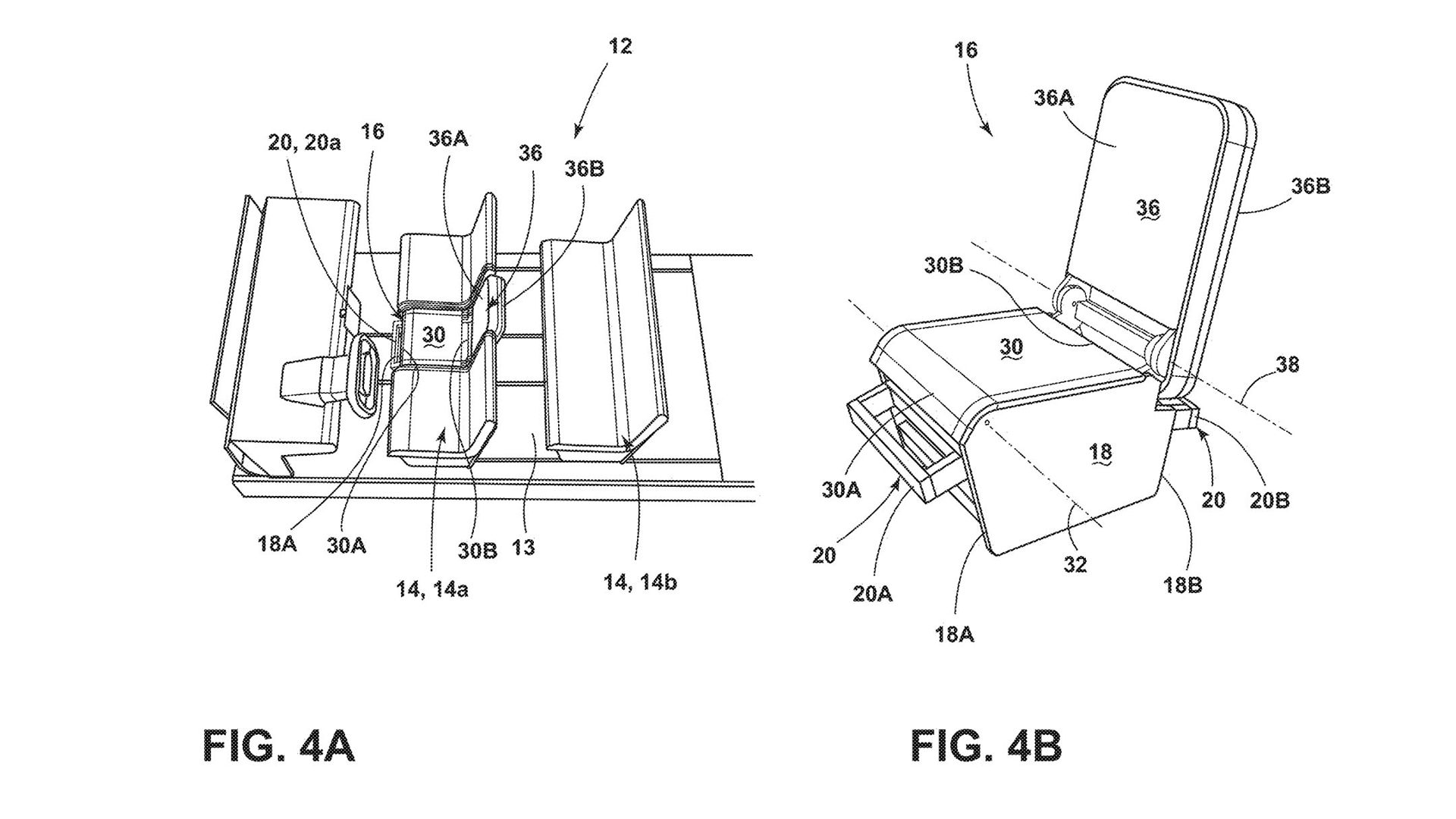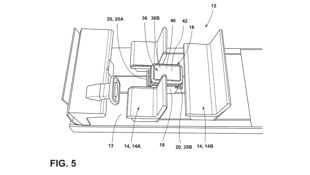Auto shows, leaked photos, spy shots, YouTuber exclusives, and, of course, reading AutoTrader’s news and features section are a few ways people get the latest updates in automotive news, design, and innovation. But there is another way to get behind-the-scenes insights that you might not have thought about: taking a peek at newly registered patents from automotive companies.
Patents are like a licence of ownership for a new design, idea, or way of doing something. Anyone can file a patent, and it generally needs to show a special process, a product that provides a new way of doing something, or a technical solution to a problem. One of the biggest benefits of a patent is that it can help stop other people from using and copying an idea, at least for a period of time.
Although it’s impossible to know exactly what automakers are working on behind closed doors, patents are undeniable proof of where employee time has been spent and where company funds have been allocated. So when you carefully scour through pages of recently published patents, you’re bound to find some exciting technologies very few people have seen or are even talking about yet. A few managed to catch our attention during a recent dive into the patent files, including ones from Tesla, Ford, and Toyota. Here are some of the latest automotive patents that piqued our interest.
Artificial Intelligent Vehicles

Ford is known mainly for its trucks and muscle cars, but it has always been an innovator and its Mustang Mach-E is packed with tech, including BlueCruise, an advanced semi-autonomous driver assistance feature. Autonomy is the next frontier for vehicle innovation, and this recently published patent from Ford proves the automaker might be looking to take BlueCruise to the next level.
The patent by Ford Global Technologies entitled “Vehicle anomalous-condition response during autonomous driving” shows a big vision for the future of autonomous vehicles armed with artificial intelligence (AI). Achieving full autonomy will rely on a vehicle to be able to react to a massive amount of potential situations, just like a human would. The artificial intelligence described in this patent has the potential to “think” of different ways to react to different situations if the driver of the car is unable to respond or doesn’t act in time.
To help describe it, I’ll use a real-life driving example. Imagine driving on the highway and all of a sudden, a car cuts in front of you and slams on the brakes. A quick response is vital here to avoid a collision, but a human driver might not have enough time to hit the brakes. In this scenario, the AI system in the car would quickly select from a number of “minimal risk manoeuvres” to decide the best way to react and avoid a collision.
To what degree the system can act is not clear, however, but the patent does reference autonomous vehicle level SAE 3. This is when the vehicle can handle steering, acceleration, braking, and monitoring the driving environment, but it requires the driver to take over driving in certain conditions like exiting a freeway or entering a construction zone, for example.
The patent also outlines another situation where if there’s a “failure of one or more components of the vehicle,” the car would be able to take the initiative to protect the driver. The idea that a vehicle can save a driver from itself will surely stir the interest of artificial intelligence buffs.
Tracking Vehicle Break-Ins
![]()
The sound of a car alarm has lost its efficacy in preventing thefts. Thanks to over-sensitive alarm systems that go off at the slightest unintended touch, it’s a regular feature of grocery stores and public parking lots. But what if it’s a real break-in?
A patent by Toyota Motor Engineering & Manufacturing North America entitled “Tracking and video information for detecting vehicle break-in” purports to track a break-in like your very own private detective. Besides logging the moment of a break-in, it uses its sensors and an onboard computing device “beyond the time of the break-in.”
When activated, the system starts a step-by-step process, which includes monitoring the perpetrator in the car. The patent also mentions “crowdsourced data” collected from the perpetrator and in-vehicle data to form an integrated data set.
Depending on what’s in the vicinity, the system could also collect data from relevant external sources like footage from a streetlight with a camera system, a home security system, or even the mobile phone of a passerby. The security system can also note which direction the perpetrator went after leaving the car.
The patent also mentions that the system would send an alert message to the registered user of the vehicle. That way, they’ll know in real-time their car has been broken into and if the perpetrator is still inside. There was no mention in the patent of a remotely operated James Bond-style ejector seat, but maybe that will be added later.
Automated Trailer Hitch Alignment
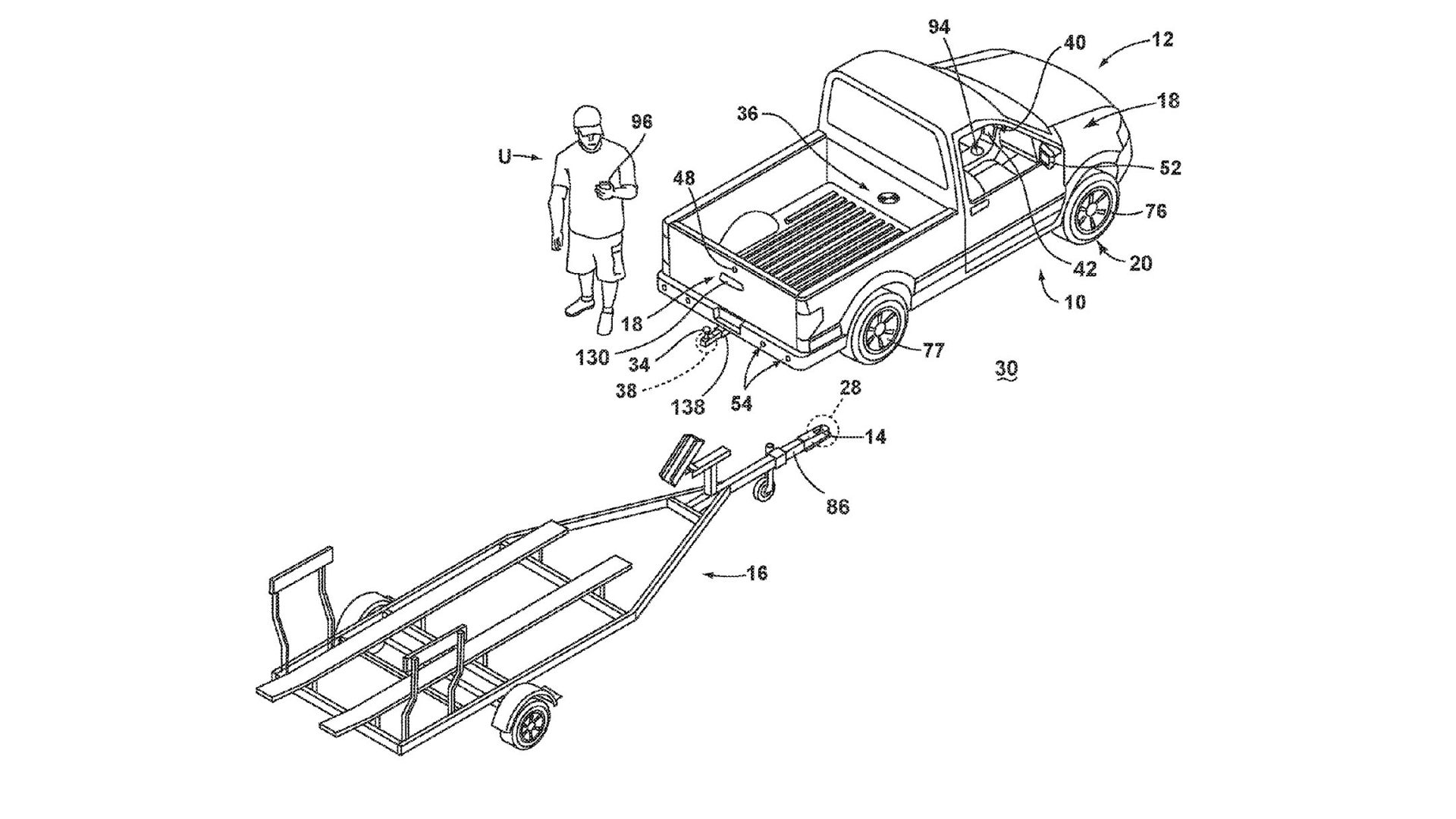
If you’ve ever felt the pain of trying to hitch a trailer or a boat, it’s incredibly time-consuming and often takes multiple attempts of backing up and forwards to connect to a tow hook. Ford already has a feature called Pro Trailer Backup Assist that streamlines this process, but the automaker could be working on even more improvements.
A patent by Ford called “System and method for remote automated vehicle alignment with a trailer for hitching” is going to rock your world if you trailer.
According to the patent, this system allows the vehicle to automatically hook up your trailer without you having to do any heavy lifting (though you’ll still need to connect the cables for the brakes and lights yourself). The system works using a series of sensors for understanding distance and alignment, and the vehicle and item being towed communicate wirelessly. Since it’s fully automated, it requires minimal driver or user input and the patent seems to indicate that a user can use an app to make certain inputs.
Hopefully, this will come to market soon and simplify the time and effort required to hitch a trailer and mitigate any accidents improper hitching may cause. The only downside of this technology is that there will be far fewer YouTube fail videos of people losing their boats in lakes after failed hitching attempts.
Full-Seat Temperature Control
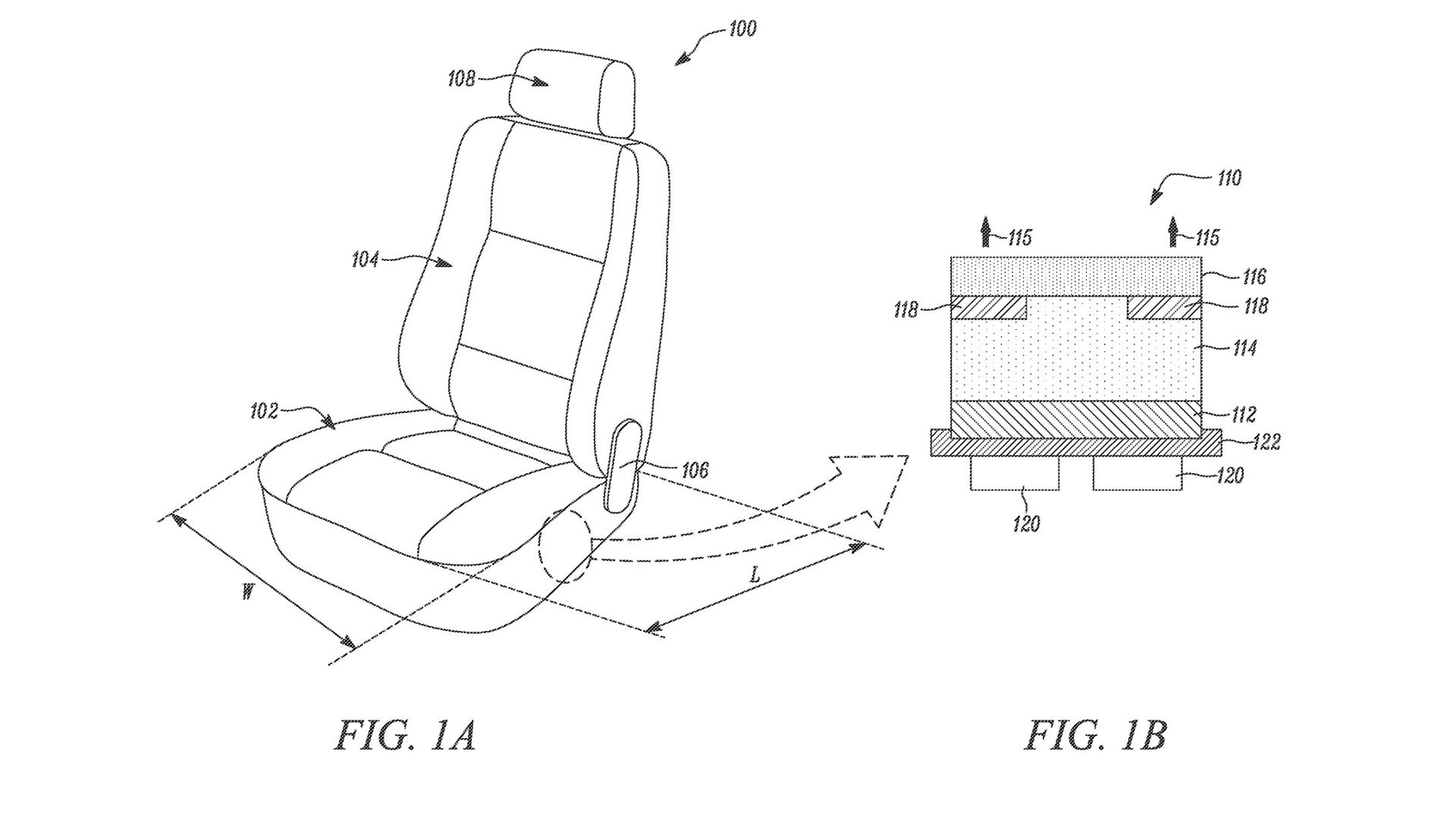
Heated seats are imperative for Canadian winters. The fact that this feature is not legally mandated is a travesty. That said, not all heated and cooled seats are built the same. The most common tech utilizes a heating element, which sometimes feels like your backside is on fire while your back is only moderately lukewarm.
Tesla’s latest patent kicks this feature up a whole new level. Called “Vehicle seat with integrated temperature-control system,” the system uses liquid cooling to heat and cool the entire seat.
While most people associate liquid cooling with keeping their computer’s CPU cool, water cooling systems are also commonly used for cooling combustion engines, smartphones, and laptops.
Why liquid cooling? The benefit of liquid cooling is how well it transfers temperature from one surface to another. This is especially true compared to conventional surface radiators, which distribute heat to one focused area. Since the heat (or cooling) flows through pipes in liquid form, it doesn’t build up in one particular area, and the entire seat will have a consistent temperature. The other benefit is reduced noise. Liquid cooling doesn’t usually require a big fan, so you probably won’t even hear it running.
One caveat with liquid cooling is that it’s susceptible to leaks, which of course, can accelerate corrosion of metal parts and damage electronics components. If you’ve ever spilled a drink in your car, you know this is not a fun clean-up.
Multifunctional Vehicle Seating
Most automakers make seating passengers core functionality in their cars and leave storage to the trunk.
A patent by Ford entitled “Multifunctional vehicle seating assembly” takes a slightly different approach and outlines how a seat base on a sliding track could be used for multifunctional seating and storage.
It works using guided tracks that align with the rows of seating in a vehicle. This enables the seat base to be positioned in different ways. The design of the seat itself allows it to be deployed as a seat, console, or storage compartment. Based on the patent drawings, an example would be a centre armrest console that can be converted to a seat, creating a front row bench seating arrangement; it can also be pushed under the dashboard to create an open space between the front seats, or pushed rearwards for the second-row passengers to use as a storage unit. The patent also mentions utilizing the rear seatback as a makeshift station that can be used to charge a portable device, which could also control features of the vehicle like lighting and heat.
This may not seem super ground-breaking and high-tech, but imagine being able to configure your living room with a few button pushes and sliding things around effortlessly. Utility-wise, it opens up a lot of practicality; one day you can load a party of people, and the next, configure your vehicle like a camper van for accommodations on a long-haul trip.
Antivirus Alerts for Your Car
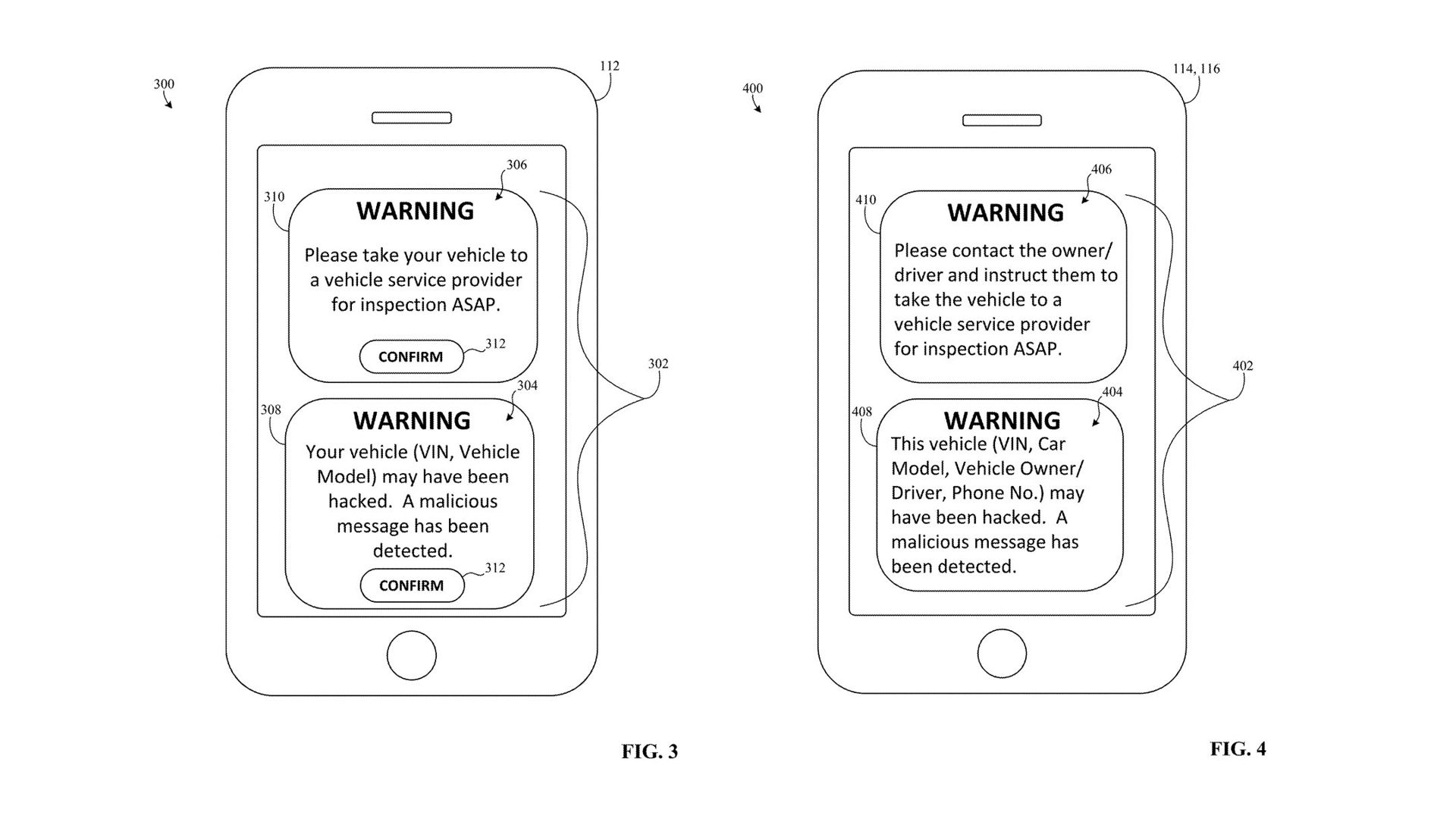
Similar to any device on an open local area network like a computer or mobile phone, vehicles are also vulnerable to hackers and viruses. Cars are just computers on wheels, after all. The car version of a local area network is called CAN, controller area network, which is a system that facilitates communication between vehicles. Many cars today are also internet-enabled so the car can get over-the-air updates and while that connectivity is important, it can also introduce a level of risk.
On a laptop, it’s possible for a hacker to activate the camera or see other private data like your browsing history. In terms of a vehicle, a hacker could possibly take control of the vehicle itself, disrupting or interrupting the operations of the vehicle, which could be very dangerous.
A patent by Toyota entitled “User alert systems, apparatus, and related methods for use with vehicles” is like an antivirus alert system for your car.
The patent shows how an alert system can be used to communicate potentially malicious attacks directly to the driver. This works similar to notifications from a smart doorbell, which texts you to let you know there’s a visitor at the door or a potential break-in. In this case, the car owner would be alerted that there’s a potentially malicious breach, so they can stop the car and seek support.
Autonomous Navigation Based on User Preferences
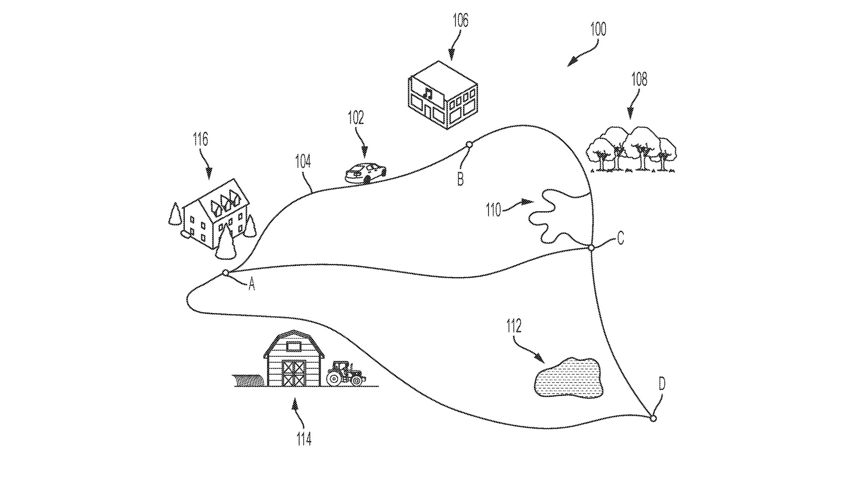
Do driving preferences matter when you’re in an autonomous car? According to a patent by Toyota entitled “Systems and methods for generating autonomous navigation routes to match user preferences,” the answer is yes.
While instructions like “avoid tolls” and “avoid highways” are available on today’s navigation systems, the level of customization is limited and this patent purports to give users a lot more control over their navigation preferences.
For example, instead of taking the fastest or most direct route, a user might choose a more scenic route or start the drive with a stop at their favourite coffeeshop.
In terms of the future of autonomous cars, you’ll undoubtedly have a lot more time on your hands to sightsee as a passenger. If anything, this patent is an excellent reminder that just because the future is heading towards automation, it doesn’t mean we have to give up all the control in where we go and what we see.
In-Car Alcohol and Drug Test
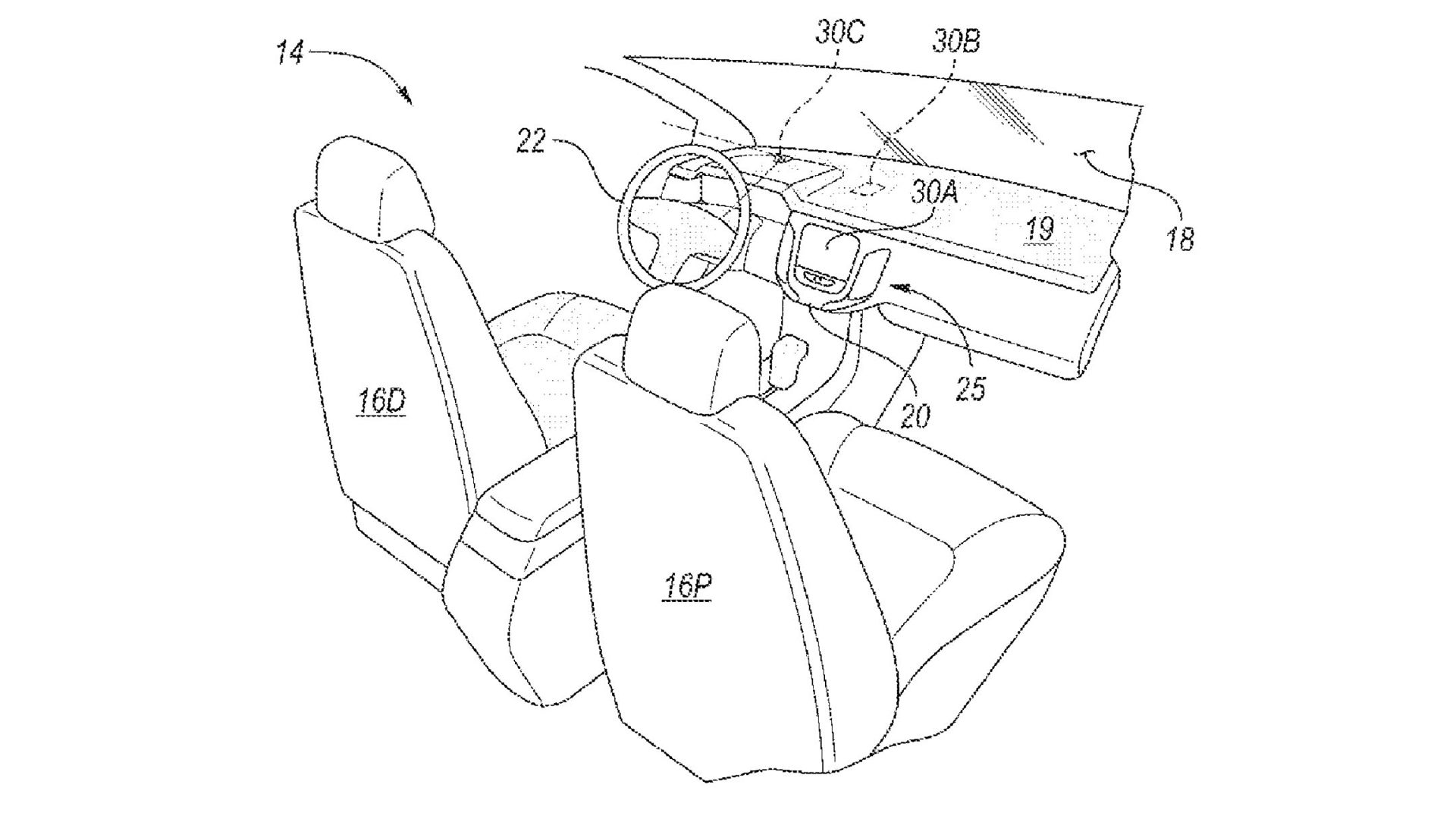
Every hour, an average of 10 federal and criminal charges are laid for alcohol- or drug-related impaired driving, according to a 2019 study shared by MADD.
A newly released patent by GM Global Technology Operations entitled “Motor vehicle with cognitive response test system for preemptively detecting potential driver impairment“ purports to improve the current method of real-time alcohol and drug impairment testing and detection.
This in-car test isn’t just about blowing into a tube, like you’ve probably seen in police TV shows. The patent states that the “system is configured to test a cognitive response of a human driver using a series of audio and visual tests.” This includes testing your reflexes, motor skills, and verbal responses.
To work, the system utilizes hardware and sensors that are already onboard, like the infotainment touchscreen, microphones, and cameras for tracking eye movements.
The patent also mentions that this data could potentially be shared with an insurance company in exchange for discounts.
What happens if you fail the test? Your vehicle may be immobilized until you sober up. Let’s hope the test doesn’t include advanced trigonometry, or I’m doomed.
Traffic and Construction Detection
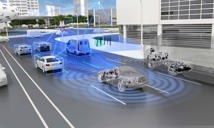
Road conditions change all the time, so maps aren’t always going to be up to date. For example, if a road was last scanned a couple months ago, it wouldn’t show a lane closure due to construction that started a few days ago. Knowing where construction is causing traffic and where road or lane closures are happening can reduce your commute from minutes to hours in a city like Toronto.
A patent by General Motors entitled “Methods and apparatus for determining lane-level static and dynamic information” describes how future autonomous cars might be able to collect information in real-time, share it, and course-correct your navigation system to avoid annoyances like traffic and road closures.
This patent seems to help by turning every able car into an unofficial map scanner. The information collected includes vehicle position, insights from cameras, lidar, and data from other vehicles. The system then generates an efficient route for controlling the autonomous vehicle based on the lane topology and the traffic conditions.
If you’ve driven on a 400-series highway, you know that picking the fastest lane in traffic is as much of an art as it is a science. This system would take the guesswork out of it.
